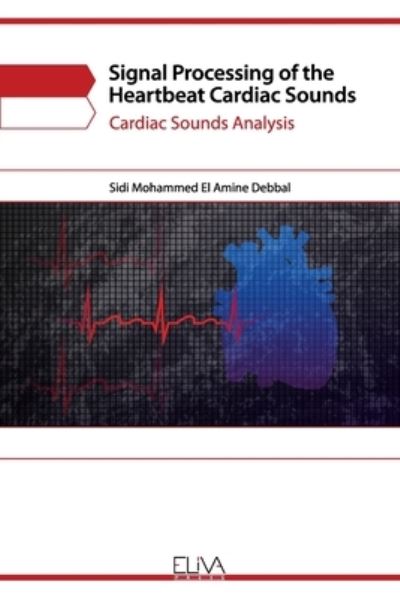
Tell your friends about this item:
Signal Processing of the Heartbeat Cardiac Sounds
Sidi Mohammed El Amine Debbal
Signal Processing of the Heartbeat Cardiac Sounds
Sidi Mohammed El Amine Debbal
Heart activity has long been the subject of various studies, including the first test performed by cardiologists on their patients and auscultation of heartbeats through an ordinary stethoscope. Therefore, the treatment of heart sounds in terms of recordings is very important for the diagnosis of various heart pathologies. The recorded signal is known as a phonocardiogram (PCG). The PCG signal confirms, and most importantly, refines the data of auscultation and provides additional information on sound activities regarding the chronology of pathological signs in the heart revolution, by locating them in relation to normal heart sounds.
Heart sounds are by definition non-stationary signals (whose spectral properties therefore vary as a function of time) and are located in the low frequency range, approximately between 10Hz and 300Hz. The analysis of heart sounds by auscultation, based only on human hearing, remains insufficient for a reliable diagnosis of heart disease and for a clinician to obtain all the qualitative and quantitative information on cardiac activity. This information such as the temporal localization of the sounds of the heart, the number of their internal components, their frequency content, the importance of the diastolic and systolic murmurs can be studied directly on the PCG signal by the use of methods of digital techniques of the treatment of signal.
The standard Fourier transform (FFT) can be used for the analysis of the PCG signal but it can only give information on the frequency content of the noise of the heart signal studied. This method remains limited in the case of non-stationary signals, which is the case with the PCG signal. Above all, the FFT is unable to provide indications concerning the temporal evolution of the analyzed signal if the criterion of stationarity is violated.
The phonocardiogram signal representing the temporal evolution of heart sounds is considered, like many other signals in biomedical science, to be a non-stationary signal. To effectively understand such signals, it is important to study their time-frequency characteristics. The STFT (Short-term Fourier transform) as a method of timefrequency analysis can be applied. This consists of sliding an analysis window along the studied signal, but the dimensions of this window must be set so as to guarantee the conditions of stationarity. Unfortunately, these constraints cannot allow a good resolution in time and in frequency simultaneously.
| Media | Books Paperback Book (Book with soft cover and glued back) |
| Released | December 16, 2020 |
| ISBN13 | 9781636480558 |
| Publishers | Eliva Press |
| Pages | 140 |
| Dimensions | 152 × 229 × 8 mm · 195 g |
| Language | English |
See all of Sidi Mohammed El Amine Debbal ( e.g. Paperback Book )

